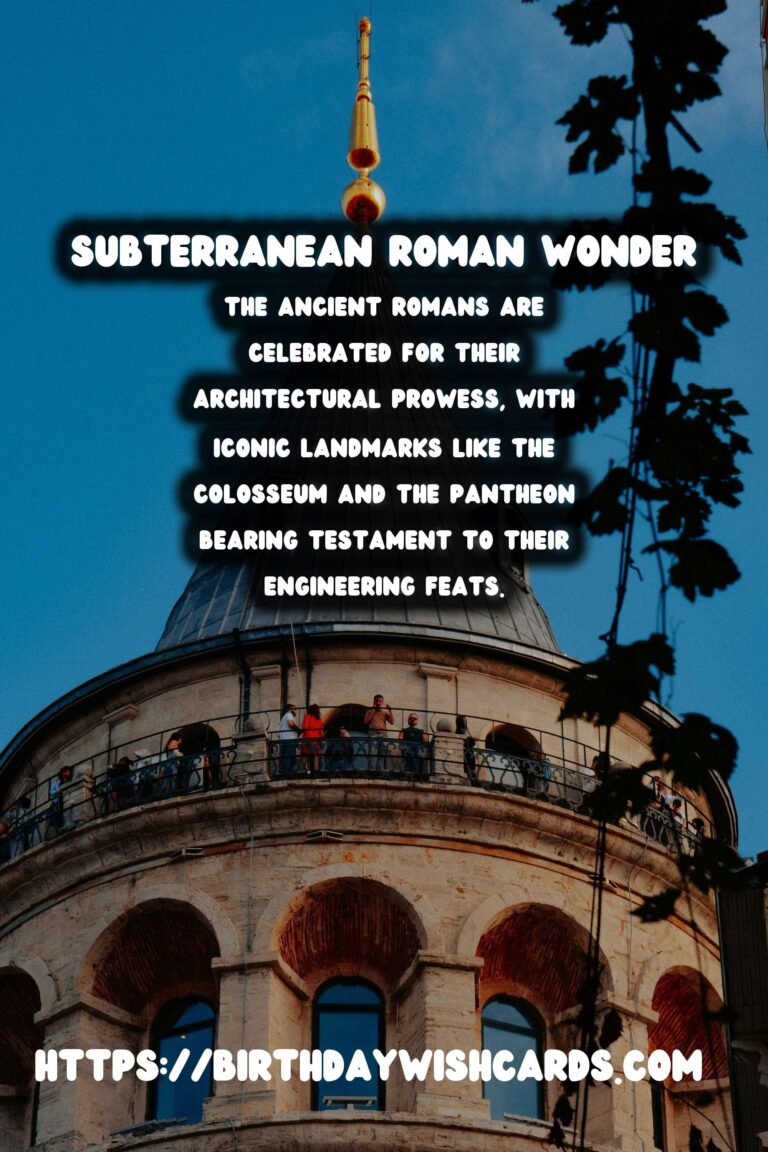
The ancient Romans are celebrated for their architectural prowess, with iconic landmarks like the Colosseum and the Pantheon bearing testament to their engineering feats. However, beneath the ground lies another world that tells stories of the empire’s past—underground cities that reflect a rich, clandestine history. These subterranean spaces, riddled with tunnels and layers of civilization, remain a fascinating treasure trove for archaeologists and historians.
The Significance of Roman Underground Cities
Underground Roman cities were not mere afterthoughts in urban planning but essential components of some settlements. While much of Roman urban design is visible on the surface, the subterranean landscape reveals a different narrative.These spaces served various purposes including shelter, resource storage, religious practices, and as conduits for escape during sieges. This underworld architecture highlights the Romans’ advanced understanding of construction and their unyielding quest for creating versatile environments to suit their needs.
Notable Underground Roman Cities
Naples
Arguably one of the most famous, the underground of Naples provides a glimpse into past life with over 280 miles of ancient aqueducts and tunnels. Originally carved to service the city’s water supply, these passages later evolved to become shelters against bomb attacks during World War II.Visitors can explore these ancient corridors, which house relics from different periods and offer a unique perspective on how Rome adapted its infrastructure for centuries.
Rome’s Catacombs
Rome itself is host to a network of catacombs, built as places of burial within early Christian communities avoiding persecution above ground. The most renowned among these are the Catacombs of St. Callixtus, which feature intricate frescos and tombs of martyrs and pontiffs.The catacombs served not only as burial sites but also as places for clandestine worship, showcasing a complex interplay of faith and survival under the Roman Empire.
Orvieto
Orvieto, a hilltop town in Italy’s Umbria region, conceals an extraordinary underground city. The tunnels in Orvieto were mostly dug out by civilians and used primarily for domestic purposes such as storing wine, keeping domesticated pigeons, and providing shelter during invasions.This extensive labyrinth underneath a picturesque town exemplifies how communities utilized subterranean spaces to enhance their daily lives while adapting to external challenges.
Architectural Marvels of Roman Underground
The construction of these underground cities required remarkable engineering skills. Romans utilized techniques like rock-cutting with primitive tools, precise architectural design to prevent collapses, and innovative water management systems to prevent flooding.Every tunnel and chamber echoes Roman ingenuity, with some passages featuring ventilation shafts and elaborate masonry that have withstood time’s erosion.
Modern-Day Explorations and Challenges
Exploring these underground cities offers a direct connection to the past, but it also presents challenges. Archaeologists face the task of preserving these delicate structures, threatened by natural disasters, urbanization, and tourism.Efforts are underway to balance preservation with public exploration, ensuring these underground wonders can educate and inspire future generations while staying intact.
As the world above ground continues to evolve, these subterranean cities remain as silent chronologies of Roman history, waiting to divulge their secrets.
How to Visit
Many underground sites in Italy are open to the public, with guided tours available that offer deeper insights into their historical context. When planning a visit, it’s vital to check for updates, as access conditions change rapidly due to preservation efforts and safety regulations.
In conclusion, the exploration of underground Roman cities offers an unparalleled journey through the layers of history. These spaces invite us to walk the path of ancient adventures and witness the silent testimonies of an empire that once ruled the world. They are not only marvels of historical engineering but also symbols of human adaptation and resilience.
The ancient Romans are celebrated for their architectural prowess, with iconic landmarks like the Colosseum and the Pantheon bearing testament to their engineering feats. Exploring these underground cities offers a direct connection to the past, but it also presents challenges. 
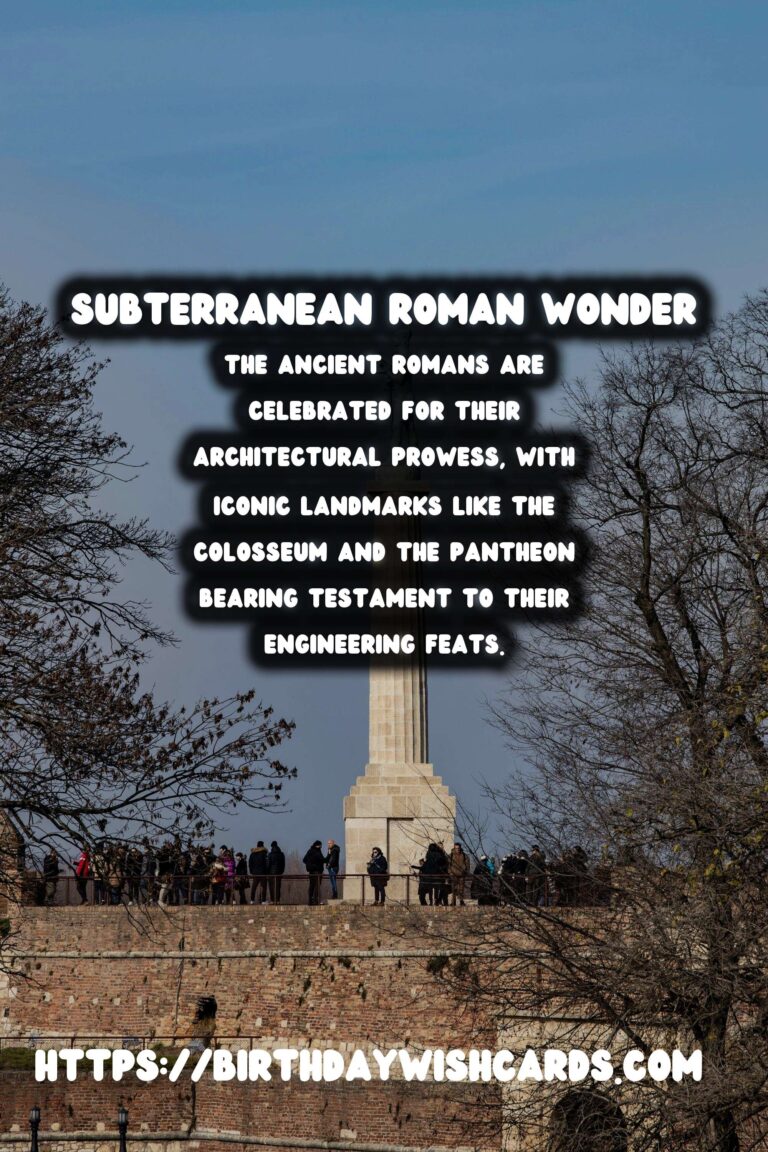
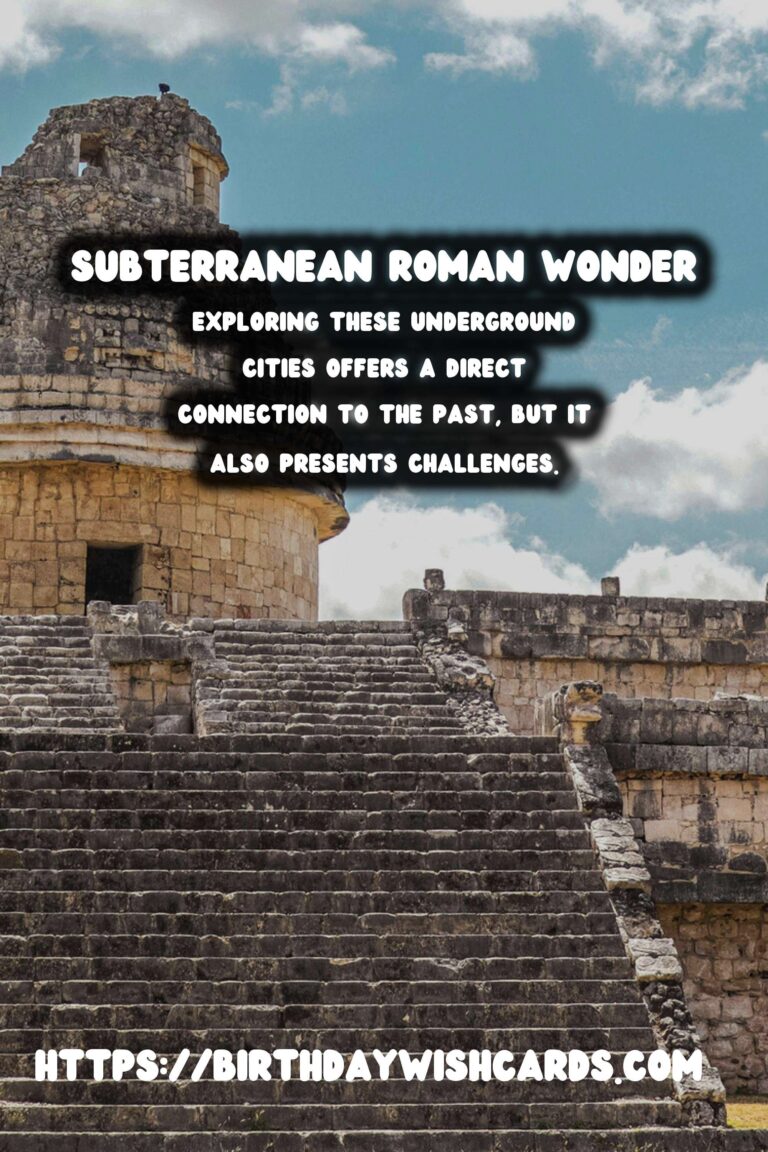
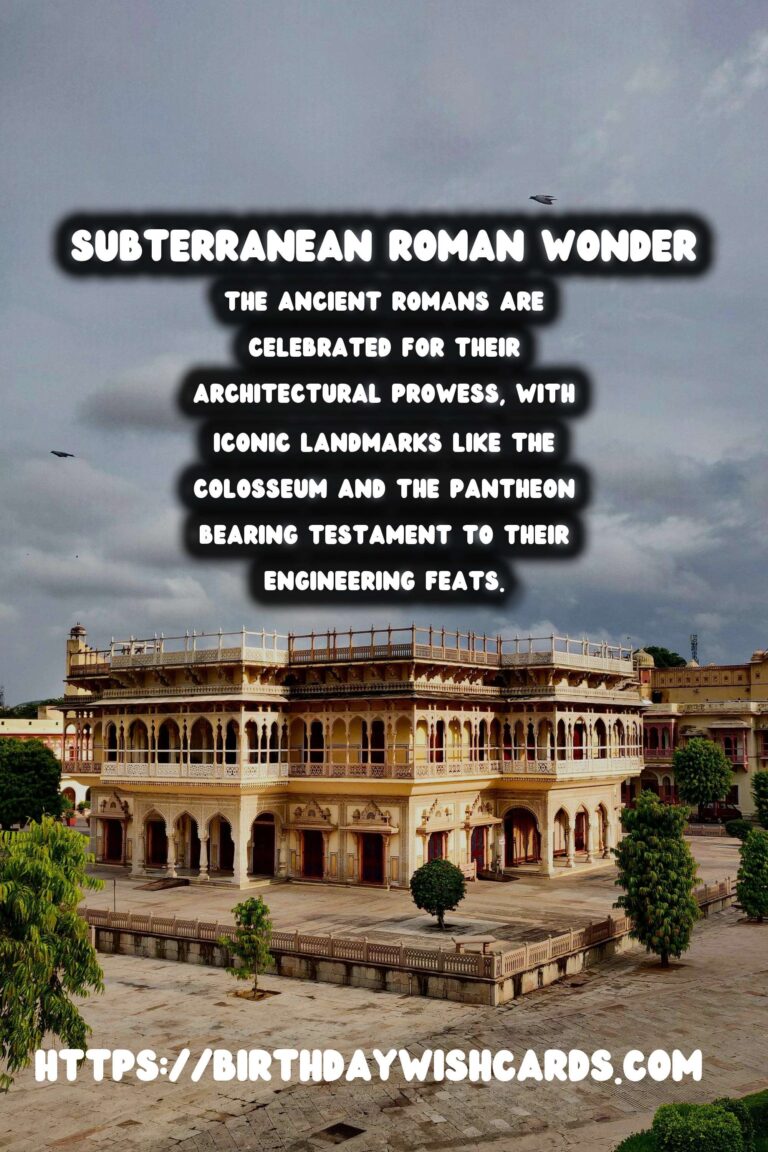
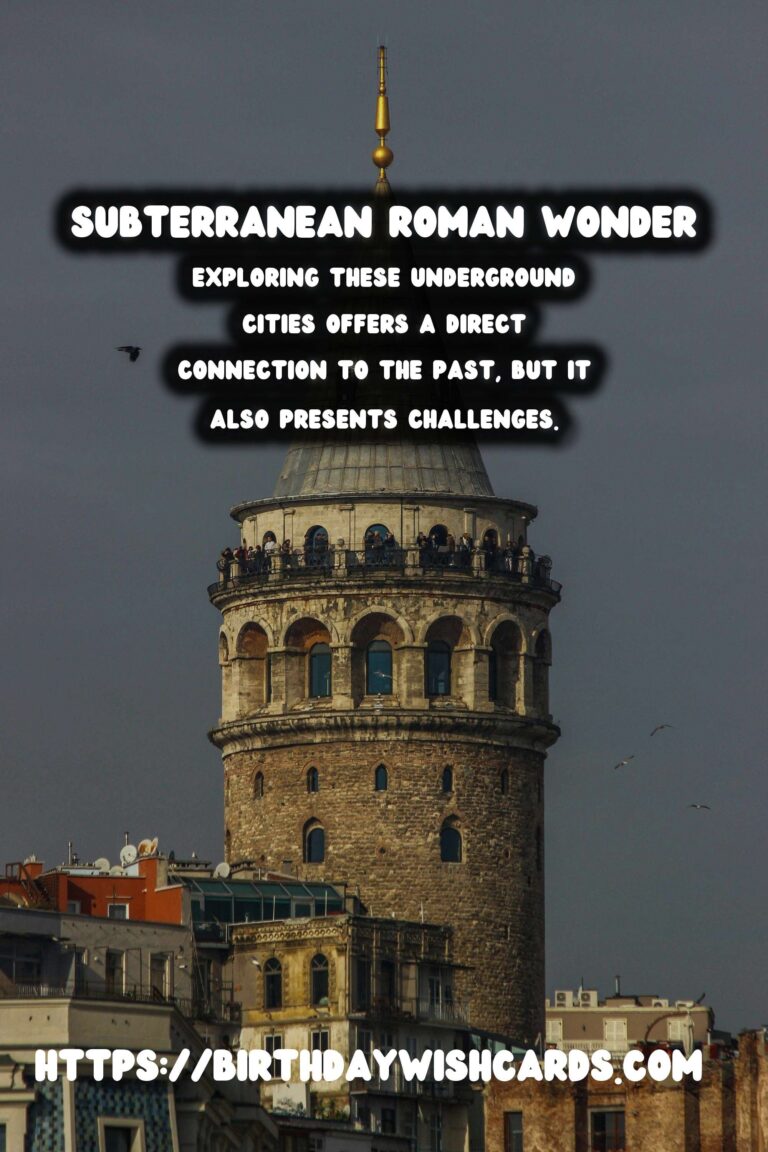
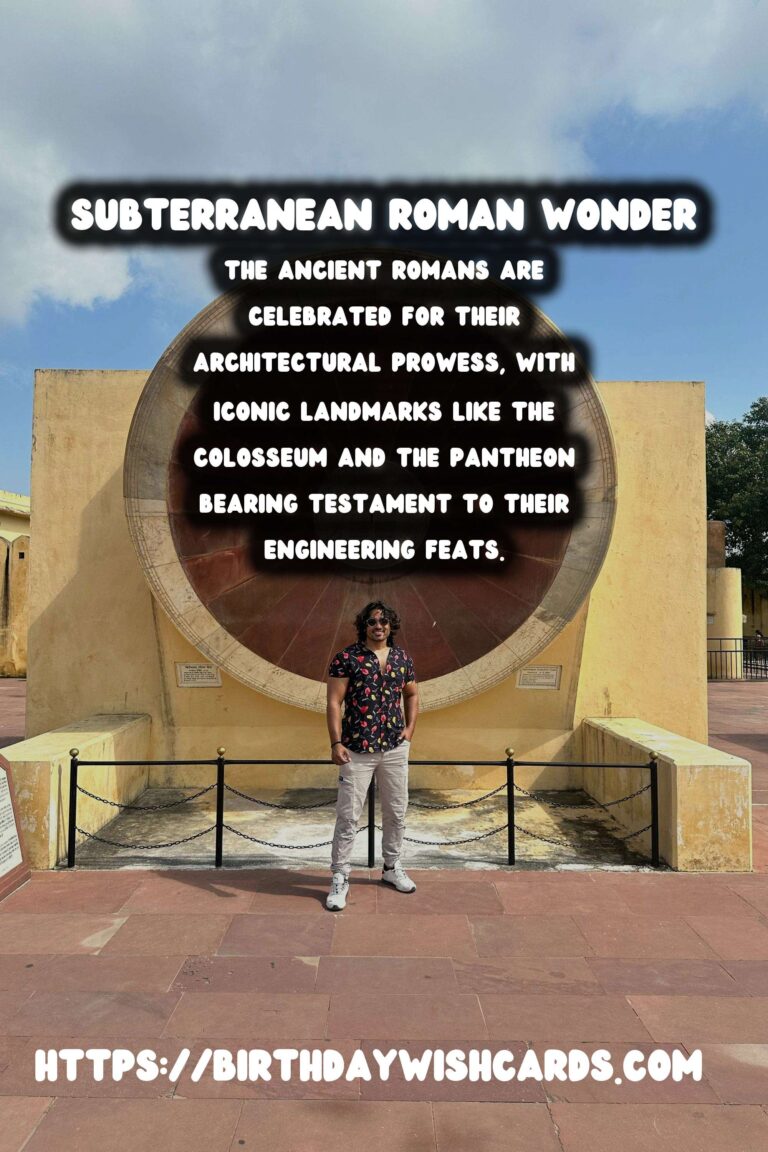
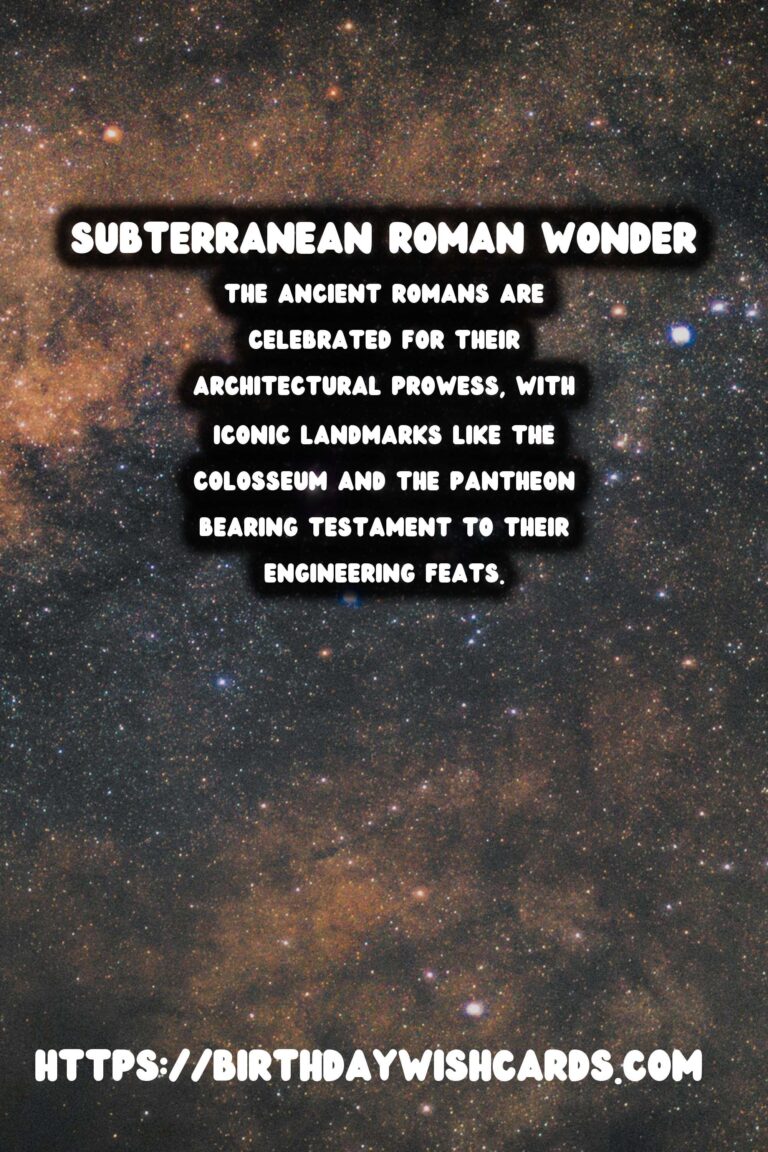
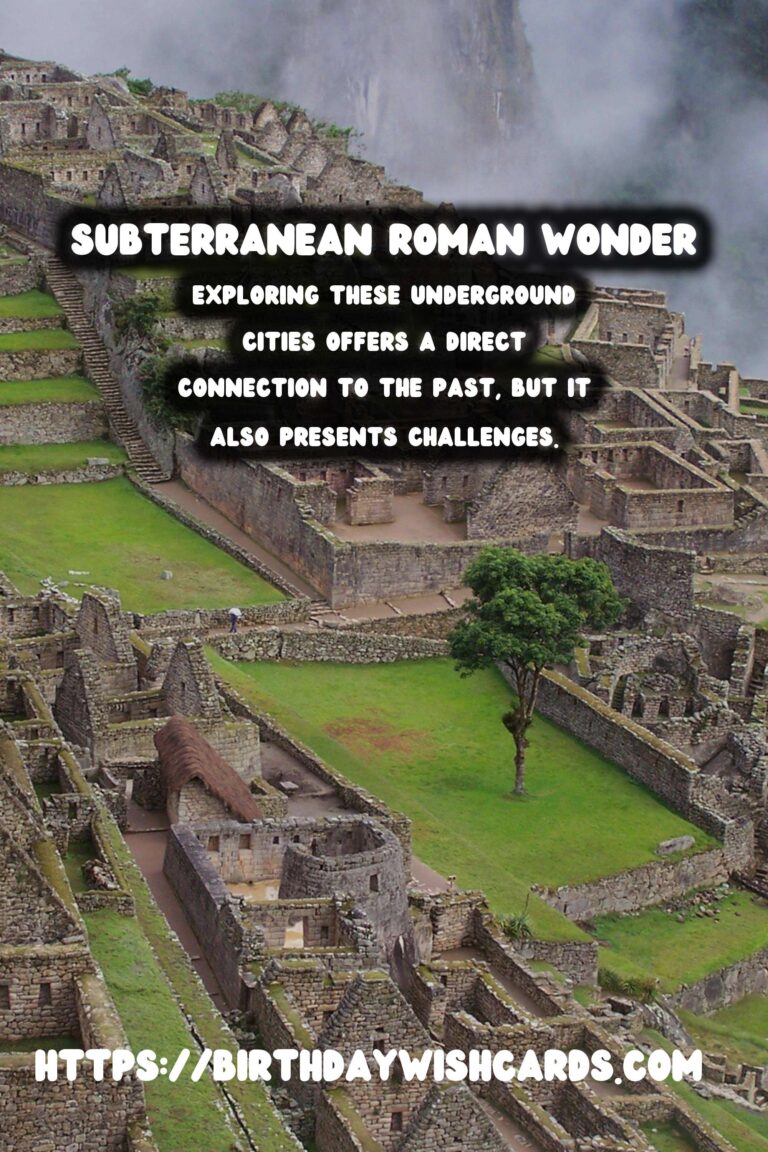
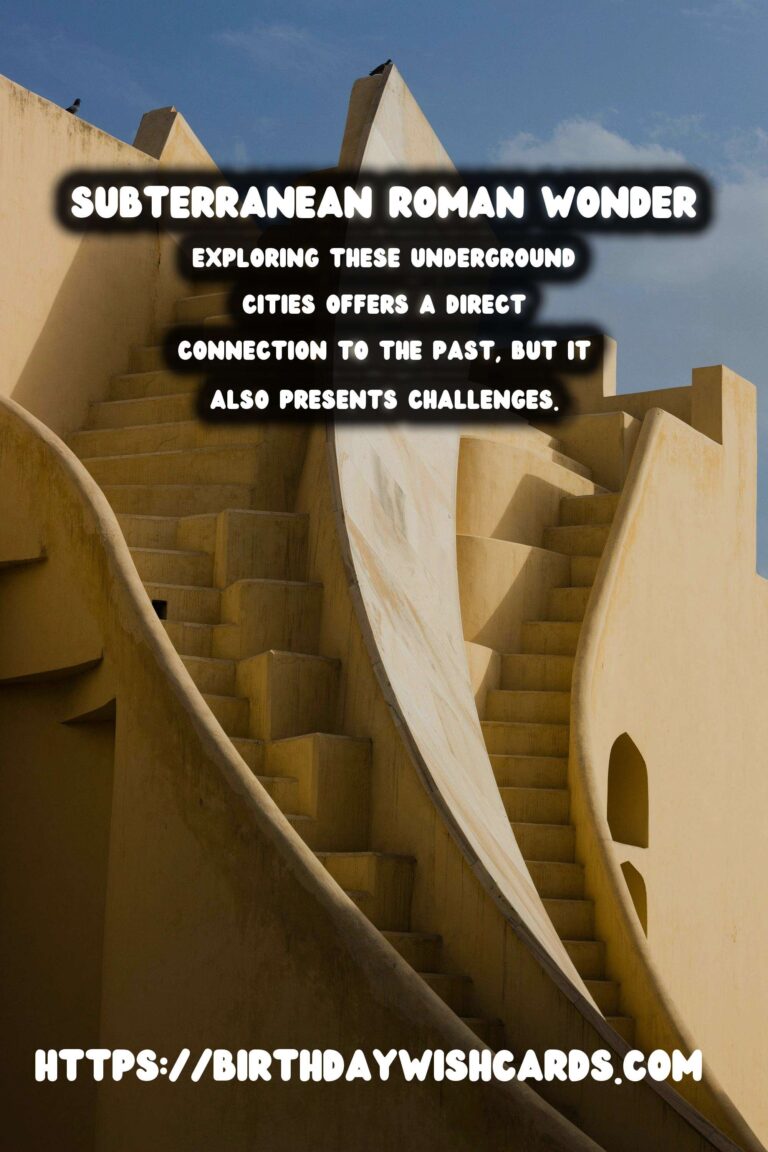
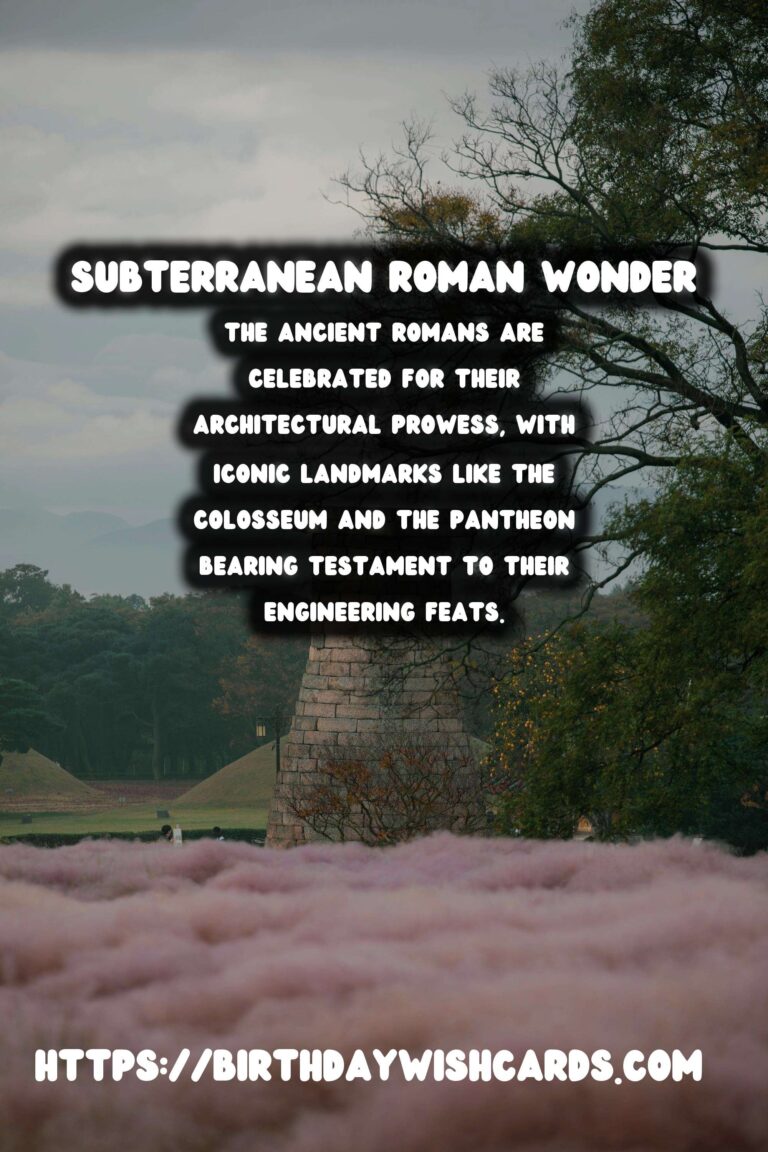
#RomanHistory #UndergroundCities




